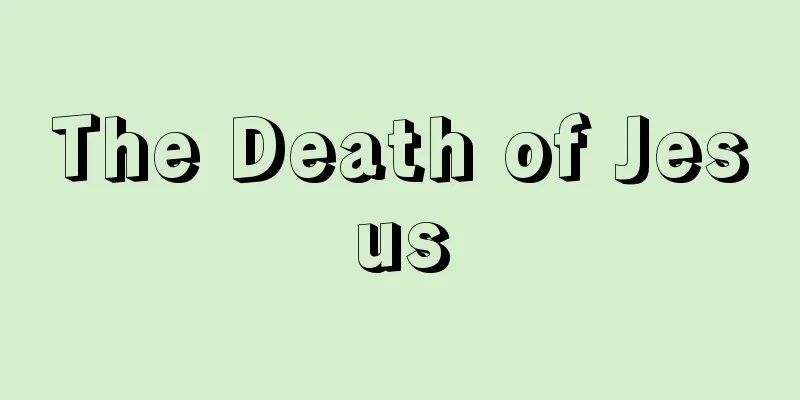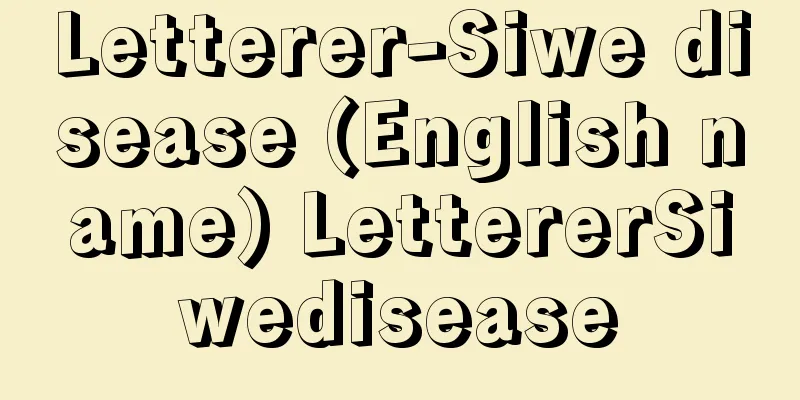Say's law - Say's law

|
This is an economic view summarized in the proposition that supply creates its own demand, and is also known as the market theory. This view was commonly assumed in classical economics, but was named after its first proponent, French economist J.B. Say. The production of goods brings income to the providers of production factors (land, labor, capital) that participated in the production, equal to the value of the goods produced, and all of this income becomes demand for the product, so supplying goods creates demand for them. Therefore, the idea behind this law is that, when looking at the economy as a whole, although partial overproduction due to production imbalances is possible, general overproduction is impossible. The criticism of Say's Law by K. Marx and J.M. Keynes is well known. In Say's law, money is regarded as merely a medium of exchange, and therefore capitalist monetary economy and barter are considered to be the same. In barter, the "sale" of a product is simultaneously the "purchase," but in a capitalist economy, the two are not necessarily realized in a unified manner, and there is a possibility and necessity for separation. In particular, since the money acquired through "selling" also serves as a means of storage, there is a possibility that this separation can occur on a large scale, that is, there is a possibility of a depression, according to Marx's criticism. Keynes' criticism was that savings and investment do not coincide. According to Say's Law, the portion of income saved that is not consumed is assumed to be invested, but since the two are decided by completely separate individuals, there is no guarantee that they will coincide, and this mismatch causes economic fluctuations. [Shuta Sasaki] [References] | | | |Source: Shogakukan Encyclopedia Nipponica About Encyclopedia Nipponica Information | Legend |
|
供給はそれ自ら需要をつくりだす、という命題に要約されている経済学上の見解で、販路説ともいわれる。古典派経済学が共通に前提とした見解であるが、最初の提唱者であるフランスの経済学者J・B・セーの名前からこのようによばれている。財の生産は、それに参加した生産要素(土地、労働、資本)の提供者に、生産された財の価値に等しい所得をもたらし、その所得はすべて生産物に対する需要となるので、財を供給することはそれに対する需要を生み出すことになる。したがって、経済全体をとってみれば、生産の不つり合いによる部分的過剰生産はありえても、一般的過剰生産はありえないというのがこの法則の考え方である。 セーの法則に対しては、K・マルクスとJ・M・ケインズの批判がよく知られている。 セーの法則では、貨幣が単なる交換の媒介手段とみなされているために、資本主義的貨幣経済と物々交換とが同一視されている。物々交換では、生産物の「売り」は同時に「買い」となるが、資本主義経済では、両者が統一的に実現されるとは限らず、分離の可能性と必然性が存在する。ことに、「売り」によって取得された貨幣は貯蔵手段ともなるので、この分離が大規模に生ずる可能性、すなわち恐慌の可能性が存在する、というのがマルクスの批判である。 ケインズの批判は、貯蓄と投資は一致しないという点にある。セーの法則では、所得のうち消費されなかった貯蓄部分はかならず投資に回されると考えることになるが、両者はまったく別々の人の決意によって行われるものであって、一致する保証はなく、その不一致が経済変動をもたらすというものである。 [佐々木秀太] [参照項目] | | | |出典 小学館 日本大百科全書(ニッポニカ)日本大百科全書(ニッポニカ)について 情報 | 凡例 |
>>: Zenobia (English spelling)
Recommend
Incarnation - Gonge
It refers to the state or form in which a god, Bu...
Mean sun - Heikin Taiyo (English spelling) Mean sun
Since the Earth revolves around the Sun in an elli...
floating dock
… Most shipyards have dry docks, which are used f...
particular average
…Minor average is something that is added to the ...
Miyagi
In the central-eastern part of Gunma Prefecture, t...
Lu Ling Guang Hall (English: Lu Ling Guang Hall)
A palace built in Qufu, Shandong Province, by Liu ...
Nannostomus auratus (English spelling) Nannostomusauratus
…Prefers live bait. (b) Pencil fish Nannostomus a...
Adiabatic change - dannetsuhenka
A change that is maintained so that no heat flows...
Cochise
...a prehistoric culture that developed in southw...
Connaraceae
…There are records of them being eaten, but this ...
Macrinus, Marcus Opellius
[Birth] 164 years old. Mauretania [Died] June 218....
Orthotics
A general term for assistive devices for function...
Suleiman [I] - Suleiman
Sultan of the Ottoman Empire. He succeeded his fat...
Leaded gasoline
Leaded gasoline is an anti-knock agent that has h...
Ogatamanoki - Ogatamanoki
An evergreen tall tree (illustration) that is ofte...









